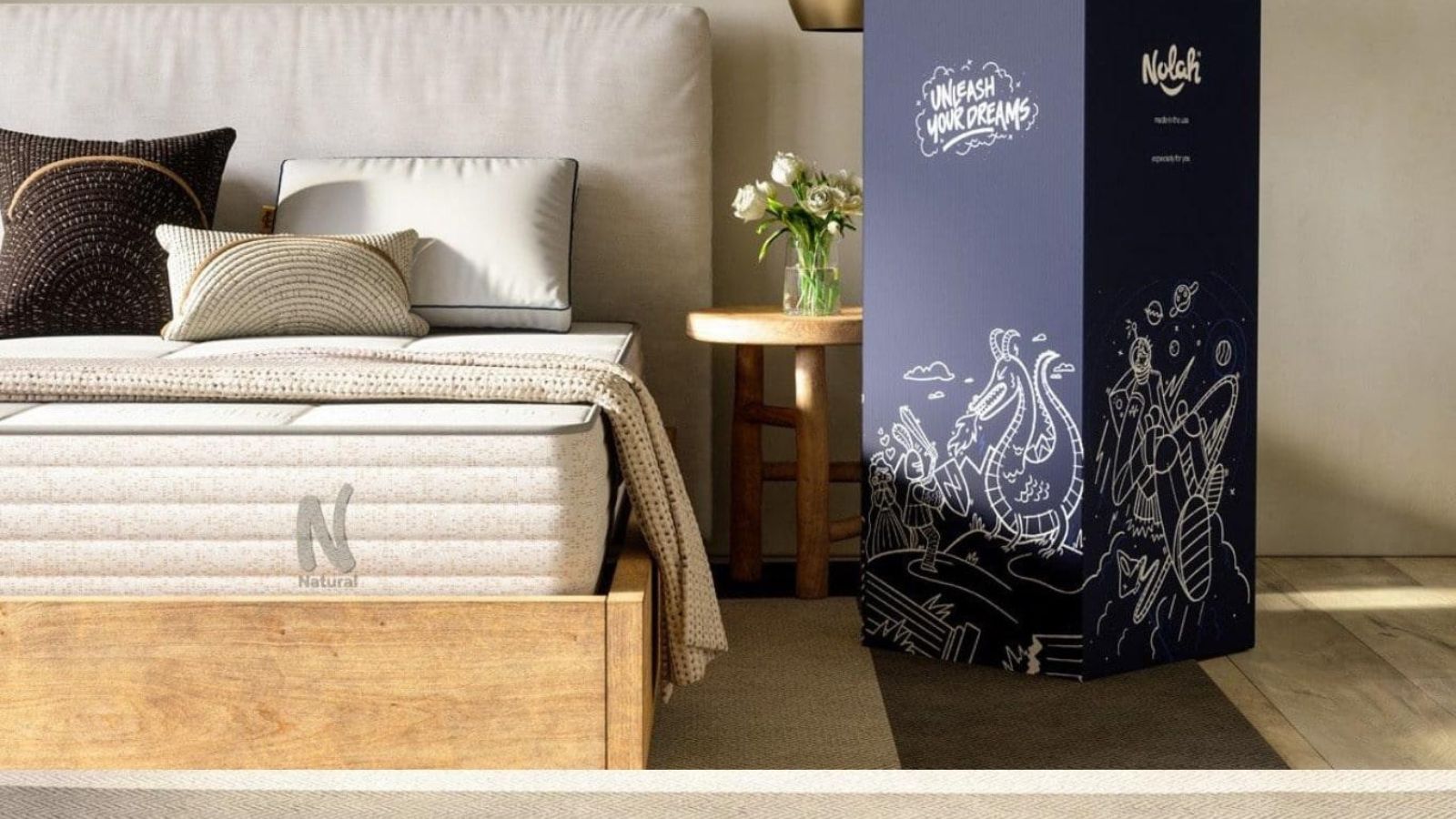
As a sleep editor, I'm often asked: 'are box mattresses actually good?' I can understand the cynicism. It's hard to believe that a mattress can be stuffed, sealed, and vacuum packed into a cardboard box, shipped thousands of miles across the country and delivered to your door without emerging a little worse for wear.
Before I started work as a mattress tester, I was a skeptic, too. Now that I've unwrapped and inflated my fair share of beds-in-a-box, I'm a believer. A good box mattress can offer the same (or even superior) comfort and support as a traditional mattress, for a fraction of the cost.
To confirm my feelings, I took a look through our top contenders for the title of best mattress. 5 out of 10 of our best-rated beds come in a box, so box mattress brands must be doing something right. Still, I wanted to find out why your average box mattress is so much cheaper than a traditional bed and whether you get as much bang for your buck.
Are box mattresses actually good?
That's why I asked the experts. I spoke to mattress manufacturers and sleep scientists to explain the ins and outs of making a box mattress and evaluate its performance against a traditional bed. Along the way, I've picked out a few of the best box mattresses at the fairest prices you'll find online to streamline your shopping.
1. Materials
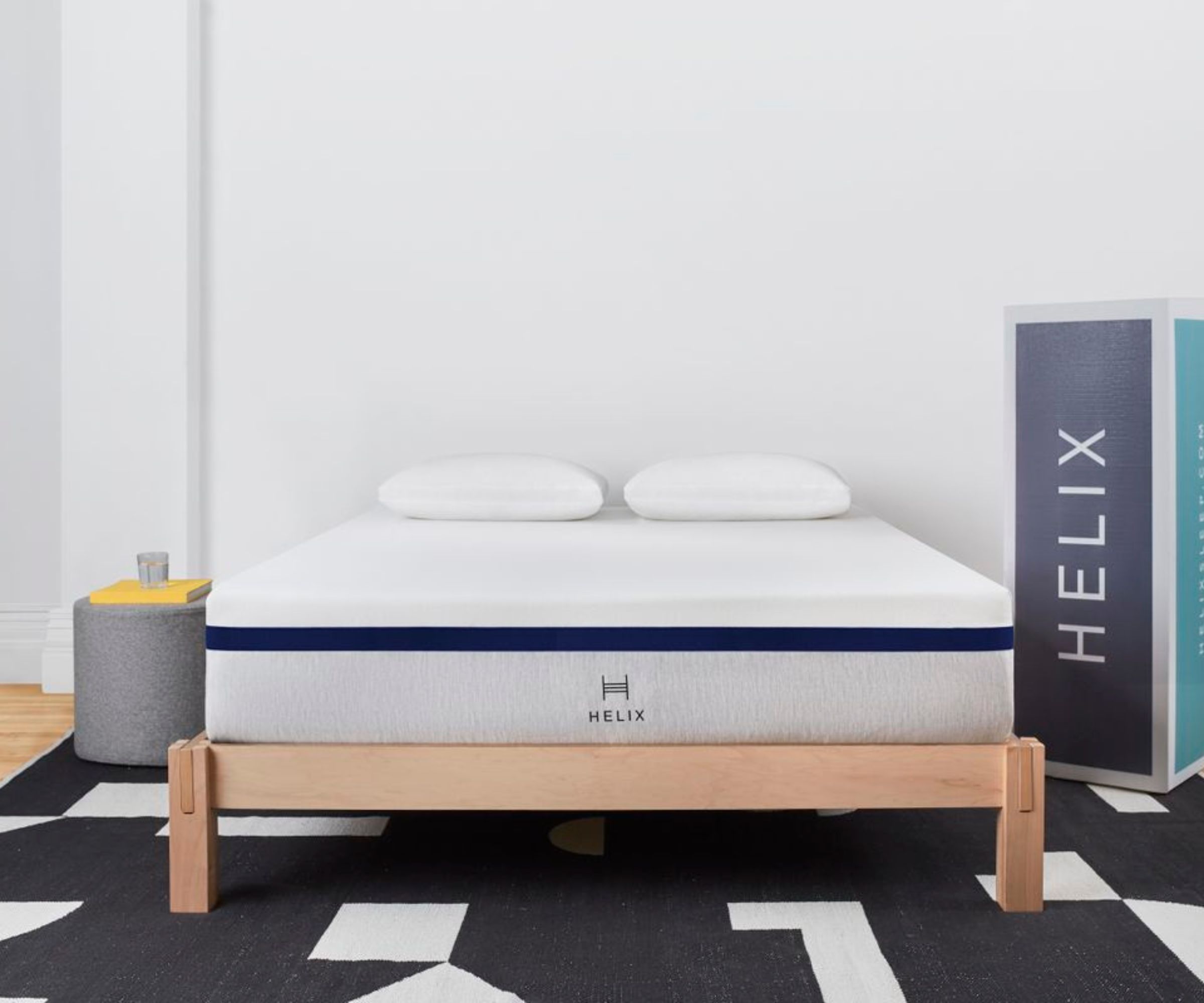
A box mattress can be made from many things: most commonly, memory foam, which is easiest to compress. As mattress technology advances and the packaging technique improves, I'm seeing the odd hybrid mattress pressed and packed into a box. With that said, I'm yet to see an innerspring mattress squashed into a box and delivered to my door: metal coils don't take too kindly to compression.
A memory foam mattress is far cheaper to produce than a high-tech hybrid or a luxury innerspring: the cost of the materials is lower. That's part of the reason why a box mattress brand can charge lower prices than a traditional mattress manufacturer and afford to stay in business.
There's a common misconception that bed-in-a-box brands rely on lower-quality materials to make their mattresses. Admittedly, there are some budget brands that don't mind cutting corners with thin foams and weak coil units, but these are the exception, rather than the rule. It is perfectly possible for a box mattress to be made from the same stuff as a traditional bed.
According to Stephen Light, CEO of box mattress brand Nolah Technologies, 'mattress compression techniques have come a long way since the first box mattresses. Today, the best brands can fit high-end, multi-layer foam beds and even hybrid mattresses into a box. While there certainly are inexpensive, low-quality box mattresses on the market, many high-quality mattresses come in a box and are ultra-comfortable and supportive.'
2. Manufacture

Not only are box mattresses cheaper to produce, but they're also easier to store than traditional beds. 'The concept of selling boxed mattresses came about in an effort to save on warehousing costs, since uncompressed mattresses take up a lot of space,' says Byron Golub, VP of Product & Merchandising at Saatva.
Byron explains that factory foremen choose to stack and store box mattresses, one on top of the other, to save space on the factory floor and save money in warehousing costs. That's another reason why box mattress brands can afford to charge lower rates than their competitors: they don't need to make as much money in order to turn a profit.
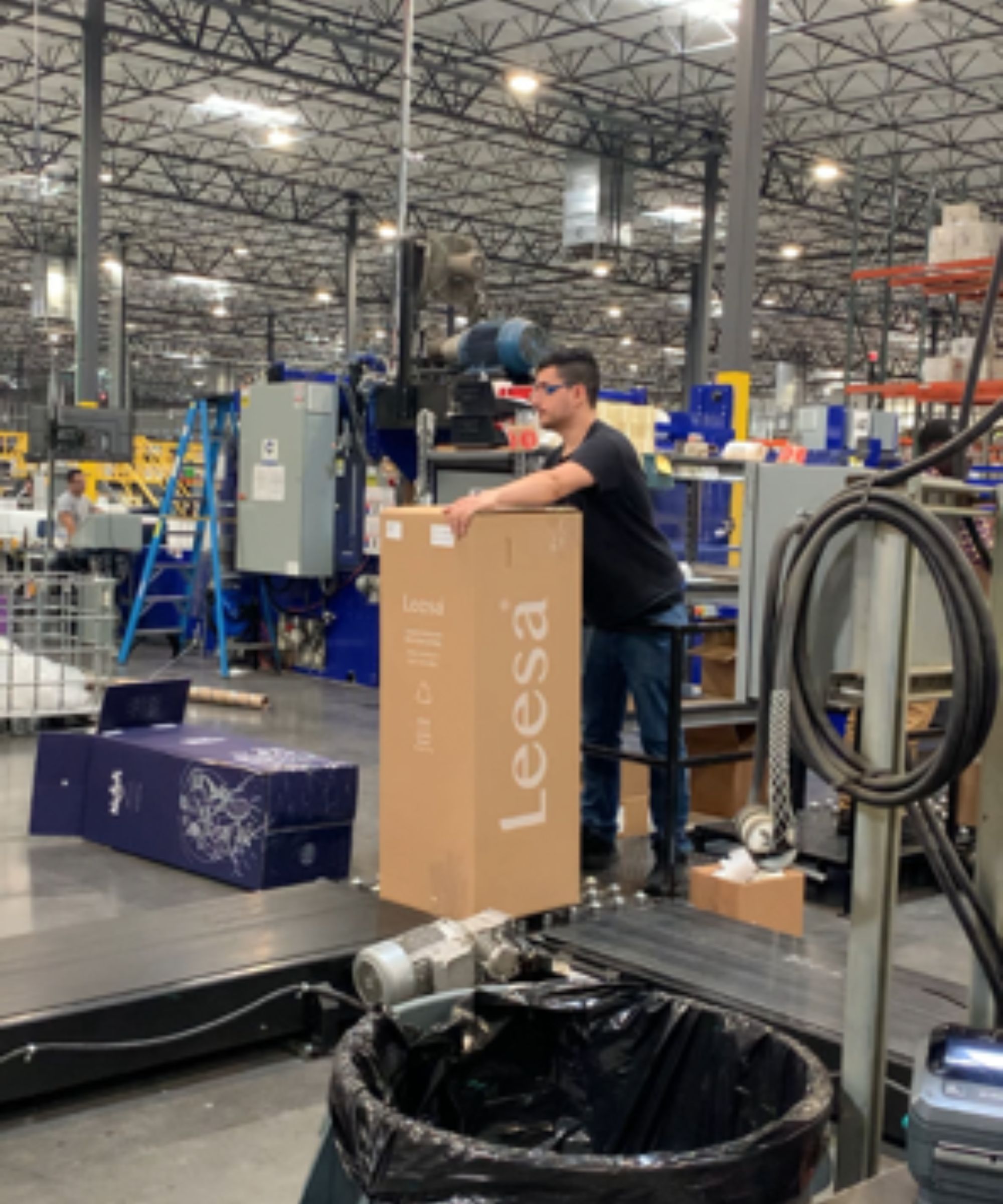
Back in April, I visited the 3Z Brands factory in Phoenix, Arizona, to watch how a mattress gets made. I saw how the thread gets spun, how the foam gets frothed, how the wire gets coiled, how the label gets sewn, and how it all gets put together to make a box mattress. I saw for myself how much space (and money) mattress brands can save when they box up their beds.
To save you the trouble of scrolling, I've rounded up a few of my favorite beds-in-a-box. In the case of the Bear Elite Hybrid Mattress, which is a product of 3Z Brands, I can personally vouch for the quality of the materials and efficacy of the manufacturing process.
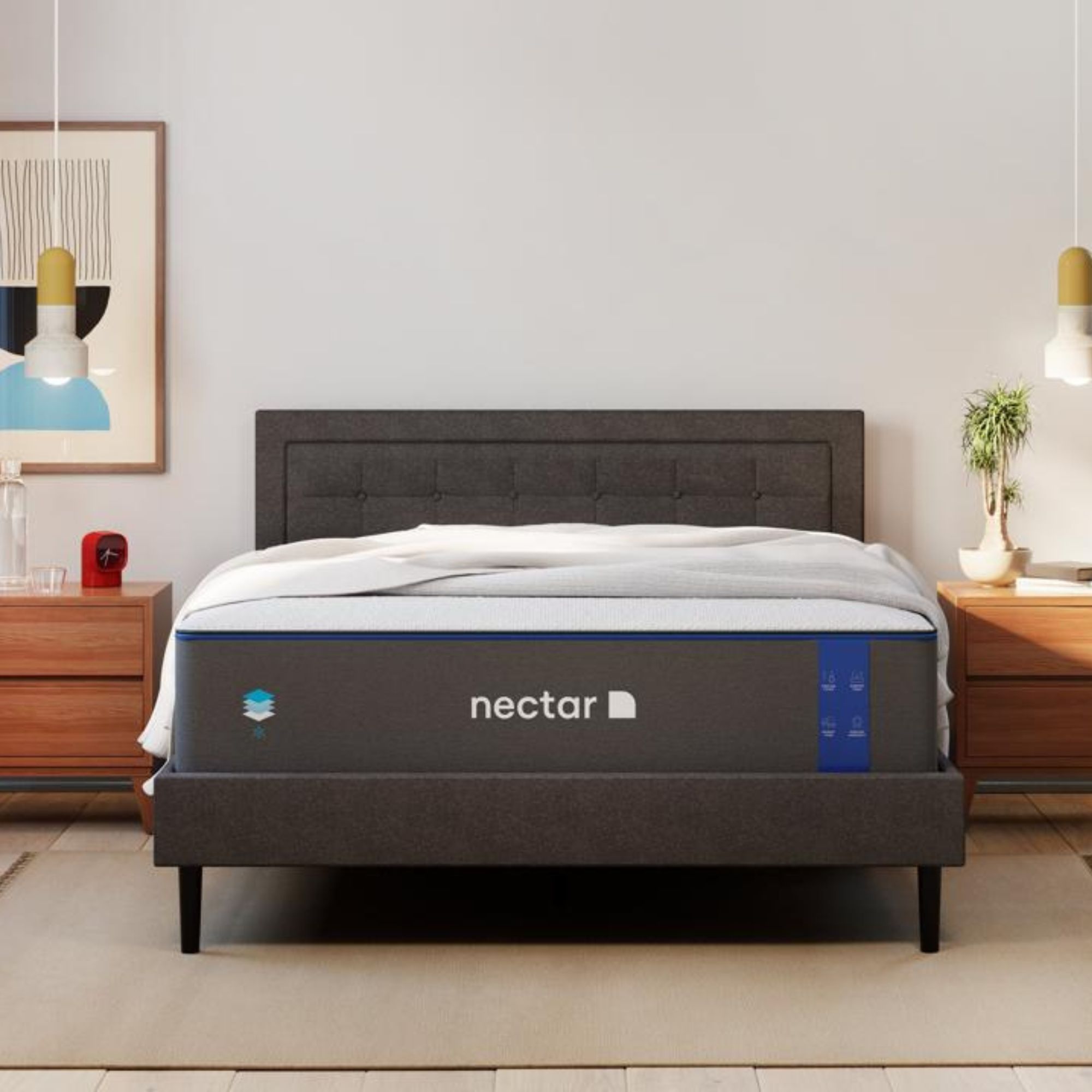
This is the best box mattress for back pain. Our expert tester, Casey, suffers from fibromyalgia, a chronic pain condition that affects her whole body and centers around her spine. The Nectar Memory Foam Mattress couldn't cure her condition, but it significantly eased her aches and pains.
You can find more detail in our Nectar Memory Foam Mattress review.
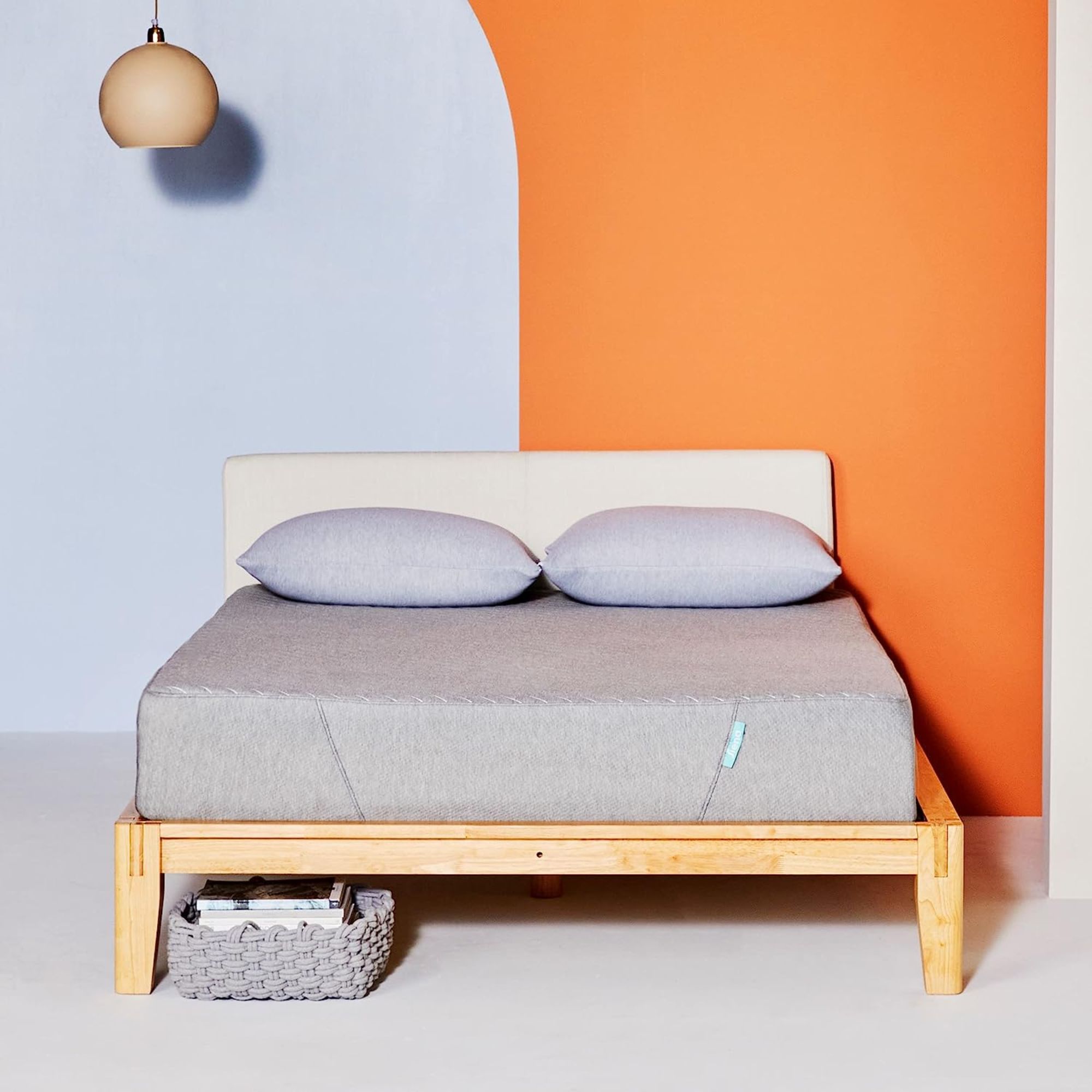
Retailing at $799 for a Queen, the Siena Memory Foam Mattress is already affordable, and it's almost always listed for less in the mattress sales. Right now, you can get this plush memory foam model for just $399. All the money you save, you can spend on sheets, shams, quilts, comforters, and all you need to dress a bed.
You can find more detail in our Siena Memory Foam Mattress review.
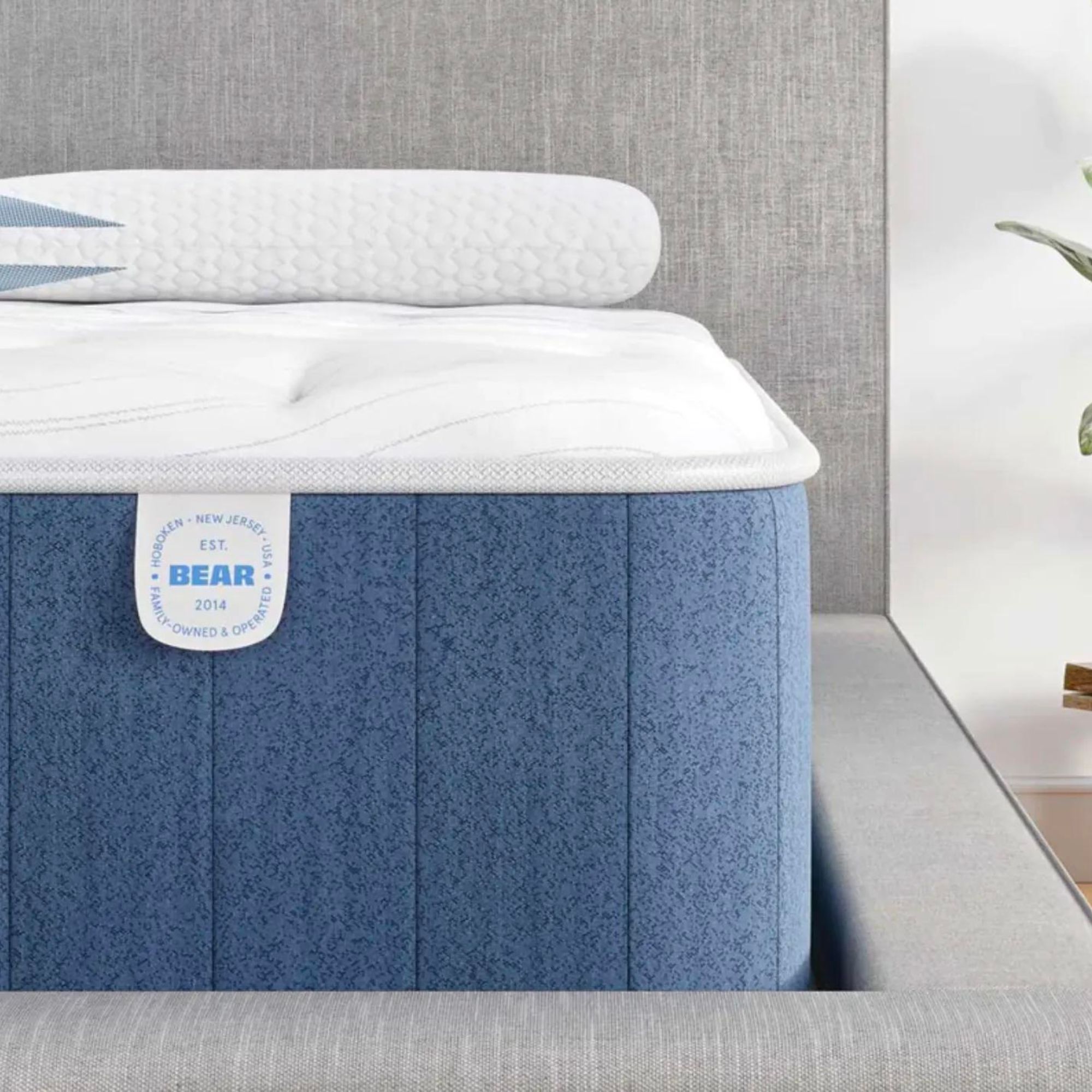
As box mattresses go, the Bear Elite Hybrid Mattress is as good as it gets. For just $1,500, you get thousands of supportive steel coils, pressure-relieving memory foam, excellent motion isolation and outstanding edge support.
You can find more detail in our Bear Elite Hybrid Mattress review.
3. Delivery
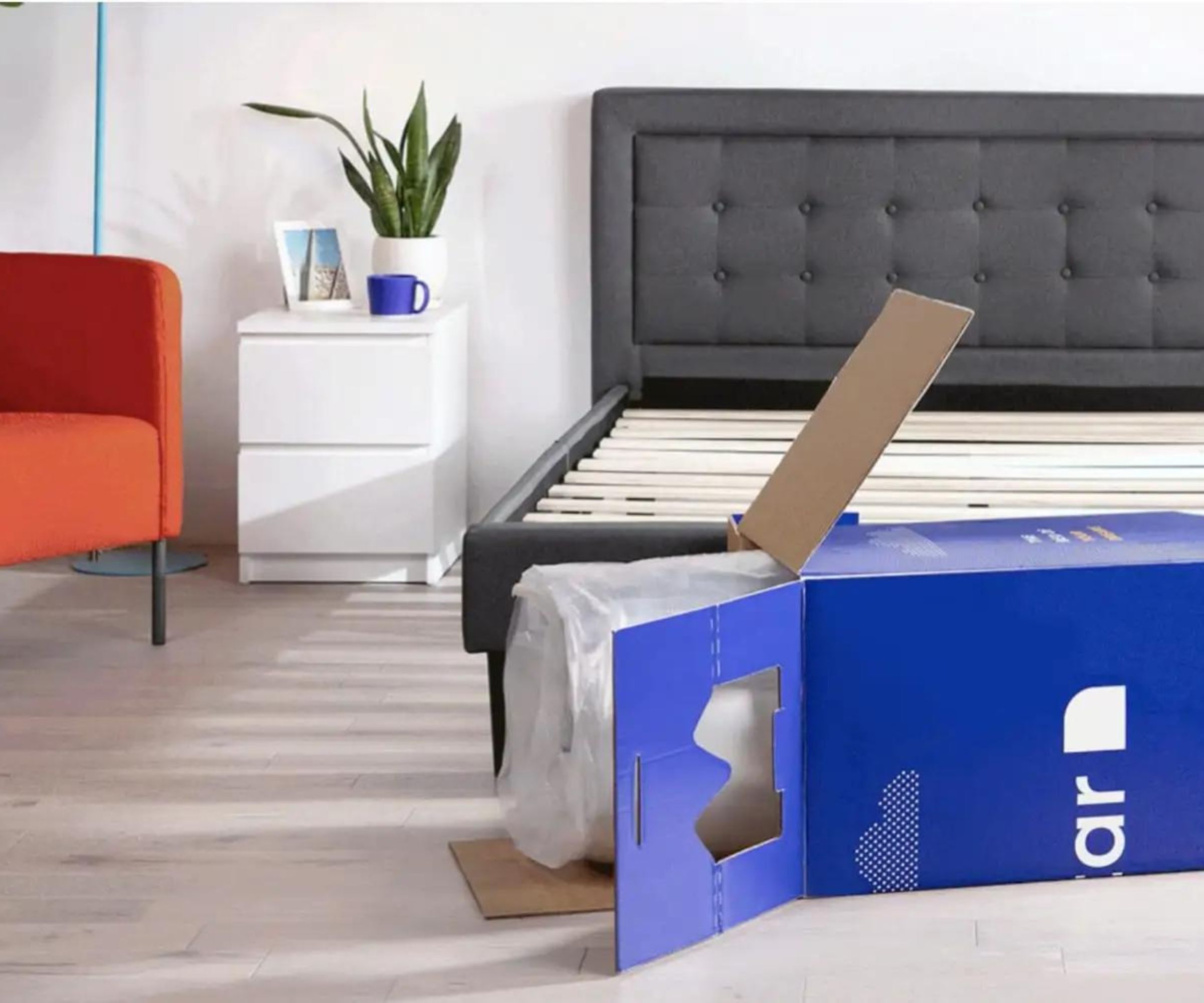
The best thing about buying a box mattress is the convenience. You can browse the best beds and place your order without ever setting foot in a mattress showroom. Even when it's time to bring your mattress into the bedroom, you'll only need to walk to and from your front door, where you'll find your box mattress waiting for you on the porch.
Since a box mattress gets 'compressed and rolled into a more manageable size and weight, beds-in-a-box offer greater convenience for shipping, storage, and handling,' says Theresa Schnorbach, a senior sleep researcher at Emma. All of this helps to make a box mattress more affordable than a traditional bed: you don't need to pay as much money for professional movers to do the heavy lifting.
4. Durability
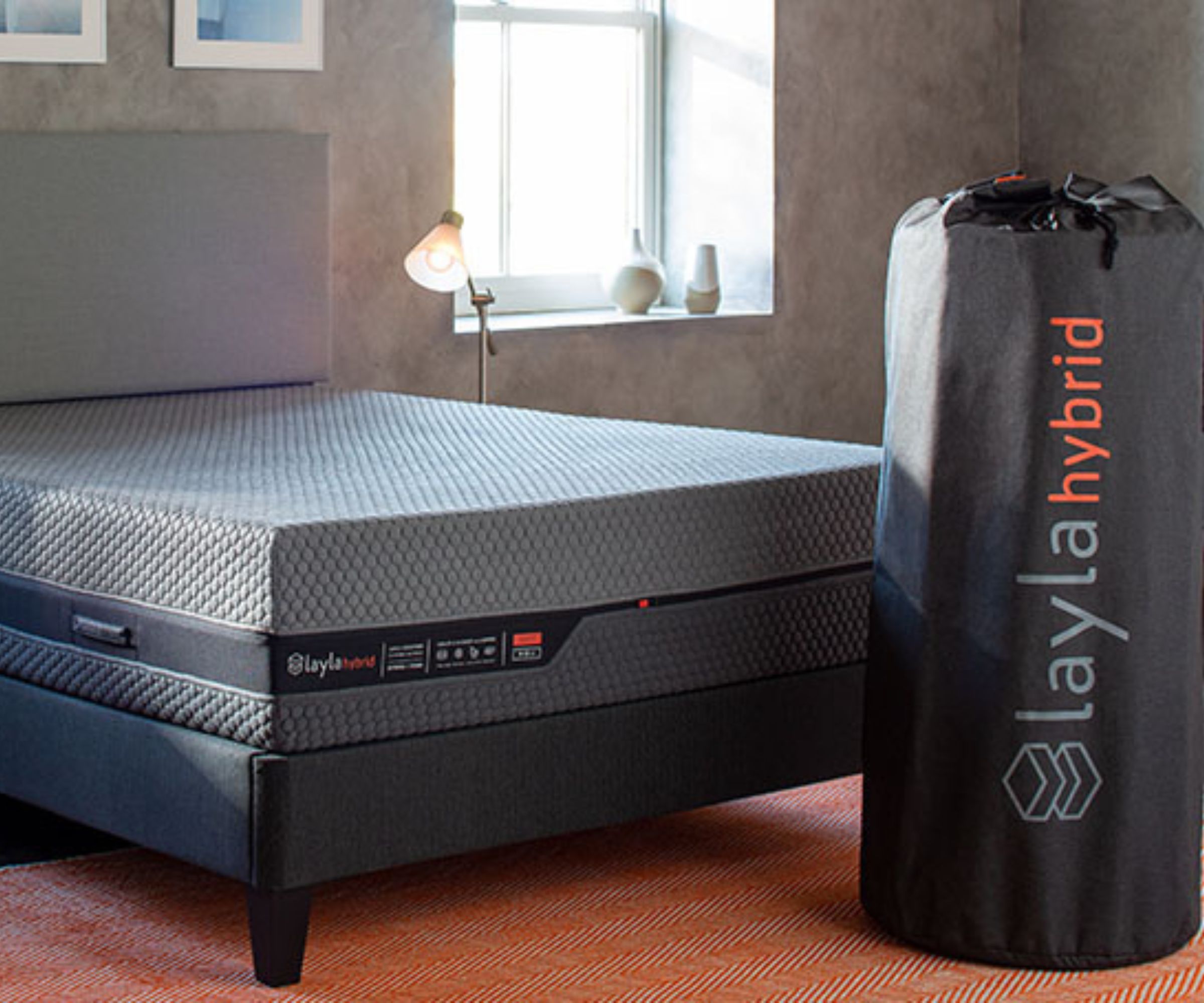
There's a lot to like about box mattress brands: they offer comfort and convenience at a much lower cost than traditional retailers can afford. Still, even the best box mattress isn't perfect, and Byron Golub raises a few concerns about their durability.
'When a mattress is compressed, folded, and rolled into a package, that can compromise the safety of the mattress', warns Byron. In the worst cases, shoddy craftsmanship can 'break the foam, destroy the coils, reduce the lumbar support, and decrease the lifespan of the mattress'.
That's why it's so important to research your retailers. As a sleep writer, I would only shop at one of the best places to buy a mattress. That's where you'll find the best beds, made from durable materials and insured with water-tight warranties. You should prepare to spend $500, bare minimum, to get a good mattress in a Queen size, whether or not you're buying in a box.
Should I buy a box mattress?
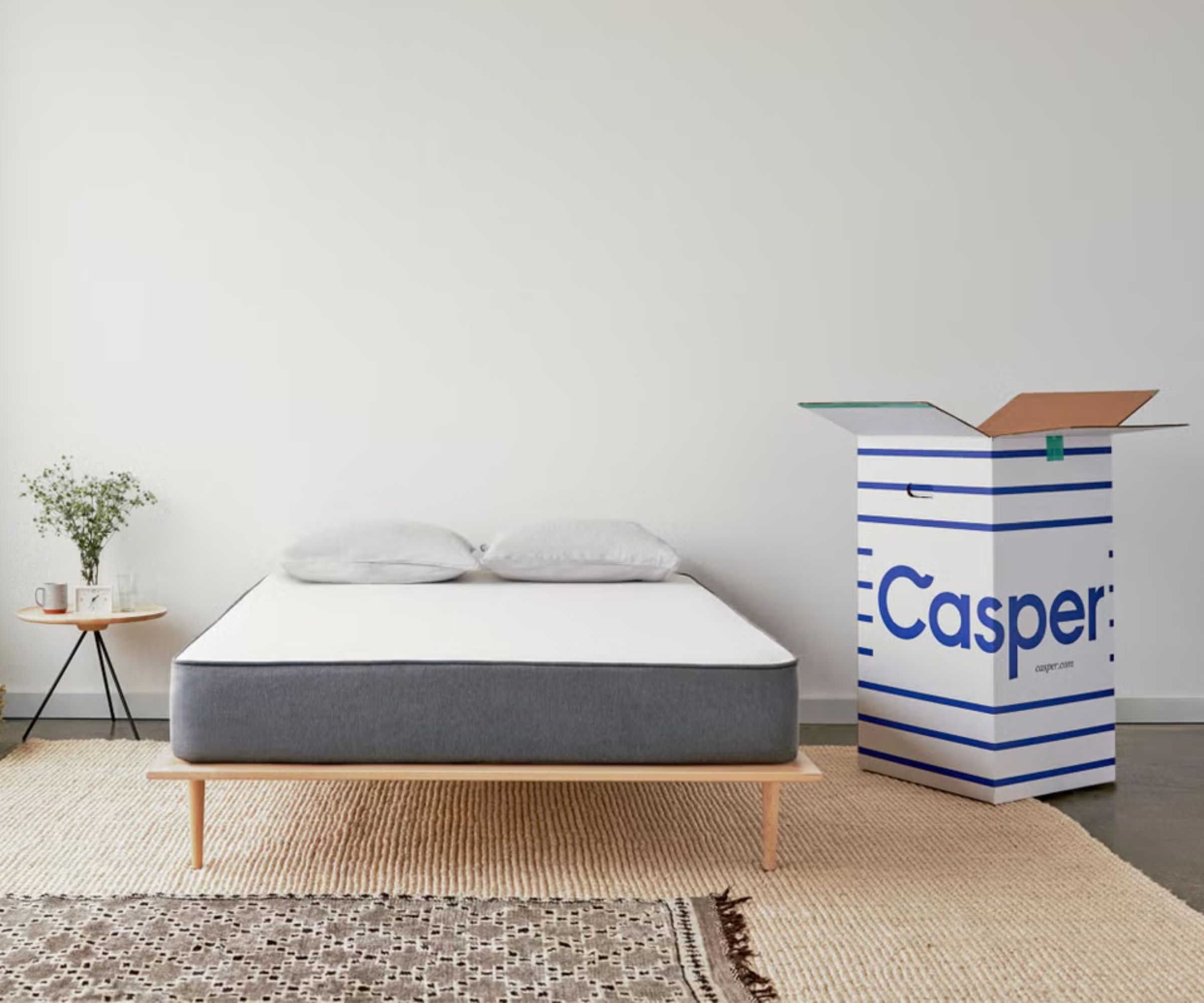
If you need a new mattress, fast, and you're trying to be economical about it, then I suggest you shop for the best box mattress. It's the best option for apartment dwellers navigating narrow stairwells and anyone who lives alone and wants to set up their bed themselves. The best box mattress is cleverly compressed and packaged so as to be light enough for one person to lift. Since your average bed-in-a-box is filled, at least in part, with foam, I'd also recommend a box mattress for side sleepers, those in need of pain relief, and anyone who appreciates a softer surface.
I'll leave you with one word of warning. When you unbox your mattress and cut through the plastic, you might notice a strong, chemical sort of smell. That's the mattress off-gassing. It's totally harmless, and the smell should dissipate within a day or two, but I suggest you wait a few nights before you put your box mattress to the test.







